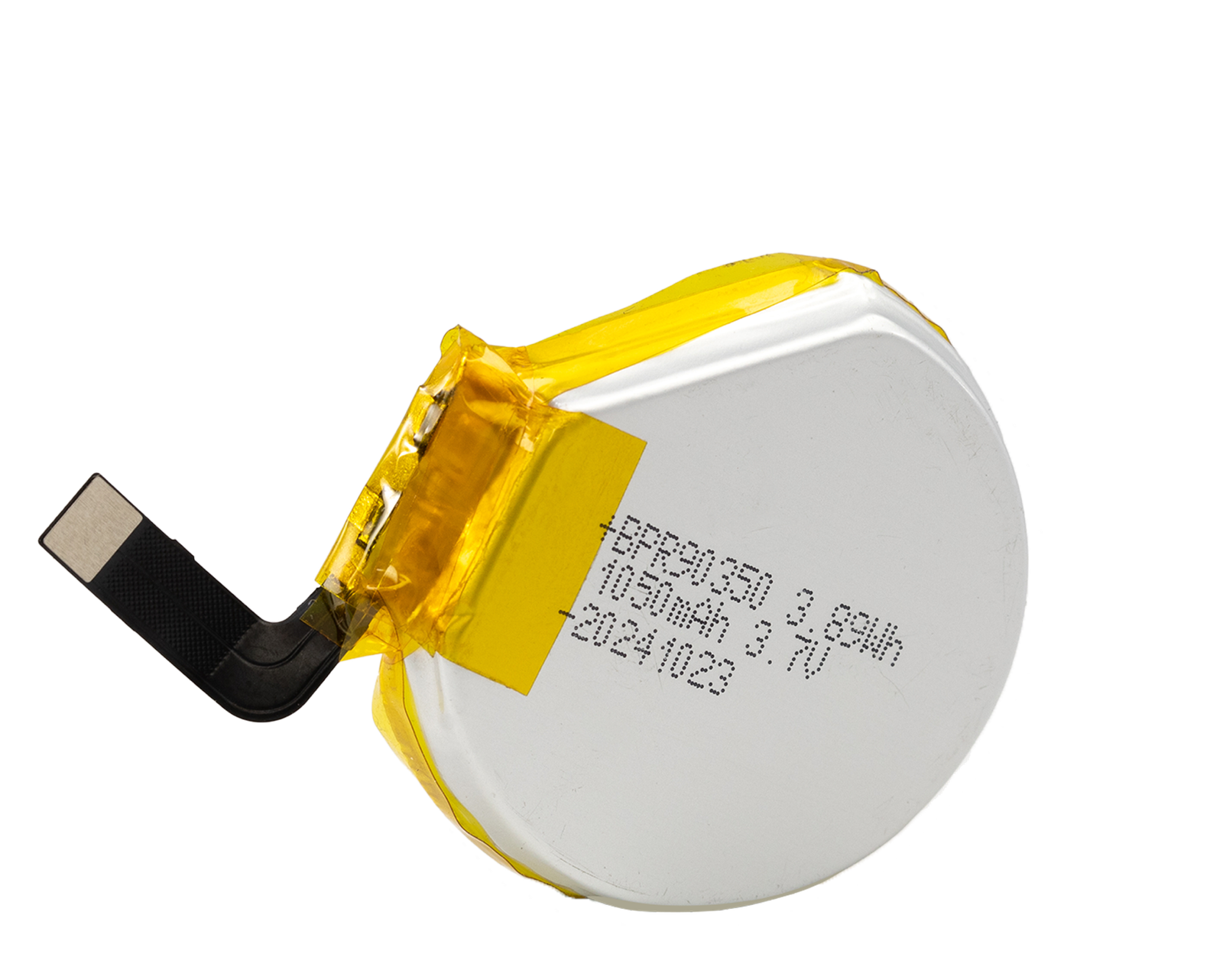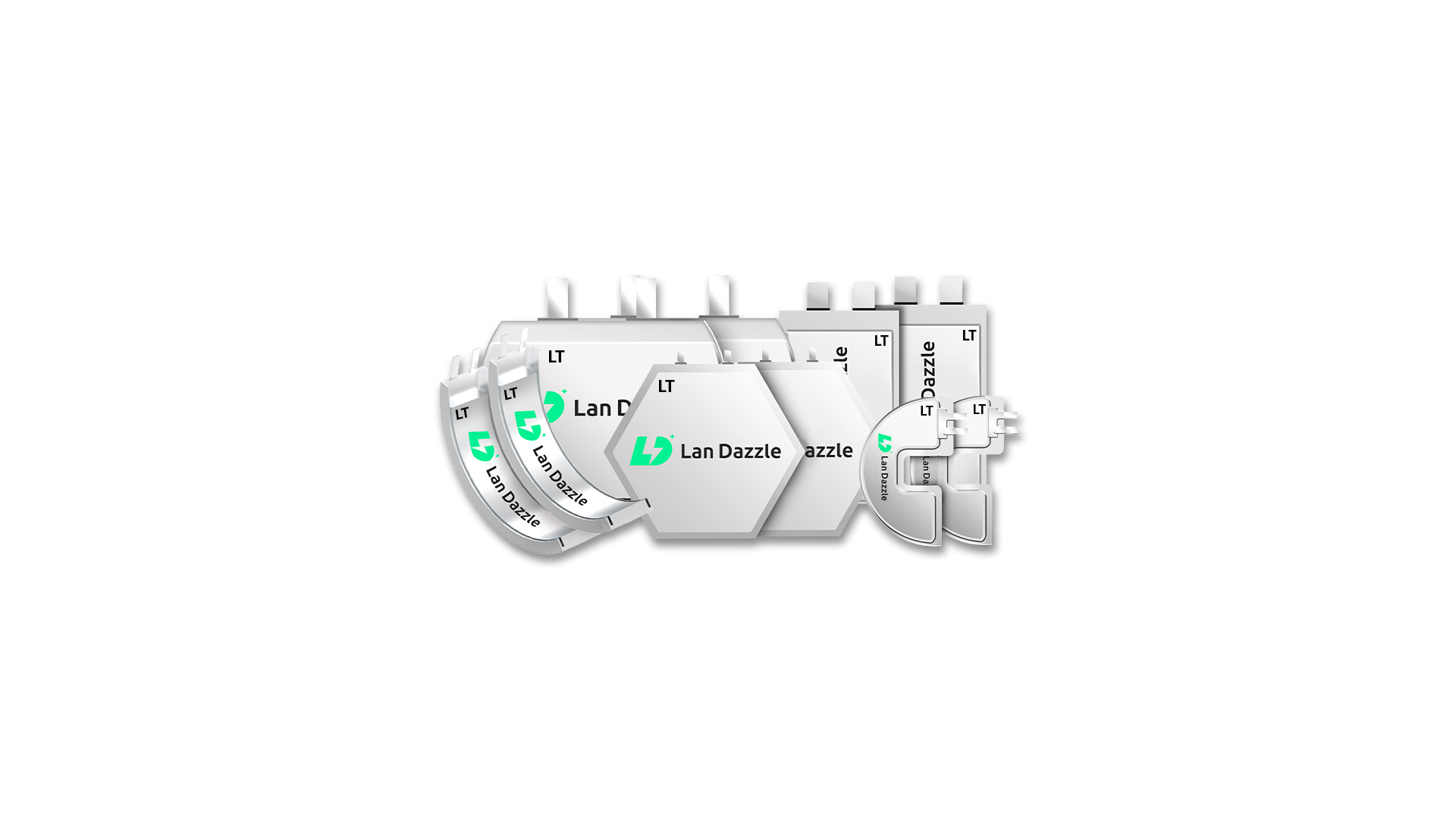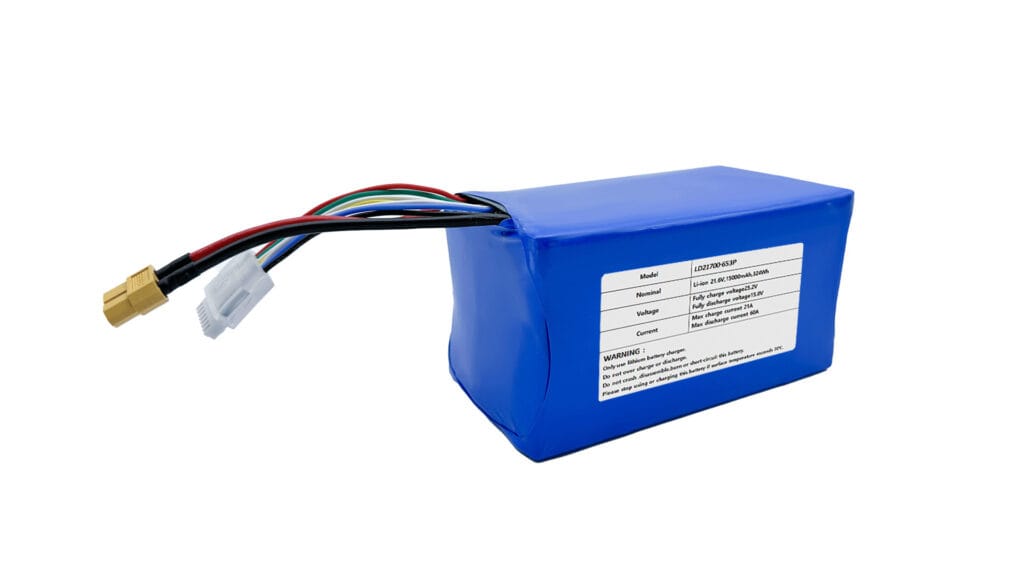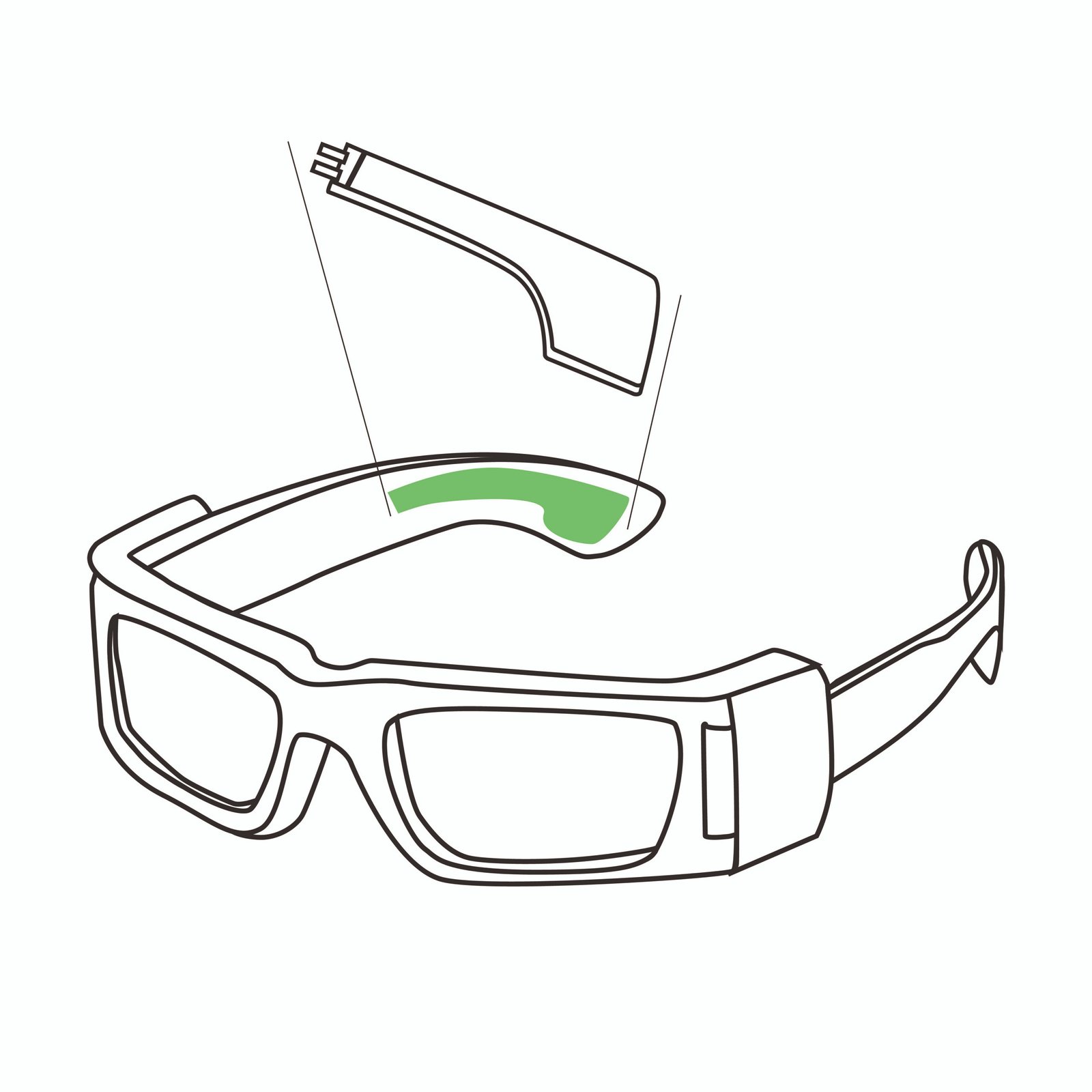在我们的生活与科技日益紧密结合的时代,我们心爱的小玩意儿背后的电源比以往任何时候都更加重要。从口袋里的智能手机到桌上的时尚笔记本电脑,甚至是您信赖的无线耳塞,都有可能在背后辛勤地工作着锂聚合物(Li Polymer 或 LiPo)电池。这些先进的动力电池以其纤薄的外形、高能量密度和灵活的设计而著称,是现代紧凑型电子产品的理想之选。
但是,在带来巨大便利的同时,往往也会有一个令人头疼的问题: 聚合物锂电池的使用寿命有多长? 这是消费者经常问到的一个问题,这是有道理的。了解这些重要部件的使用寿命是管理您的期望值、最大限度地发挥设备的效用以及最终就保养和更换做出明智决定的关键。本综合指南将揭开锂聚合物电池寿命的神秘面纱,探讨影响其寿命的因素,提供延长其使用时间的实用技巧,并识别电池可能接近寿命终点的迹象。
究竟什么是聚合物锂电池?
在了解电池寿命的具体细节之前,我们先来简单了解一下什么是聚合物锂电池。聚合物锂电池的核心是一种使用聚合物电解质的可充电电池,而不是锂离子(Li-ion)电池中更传统的液态电解质。这一关键区别具有多种优势,主要体现在设计的灵活性和降低电解液泄漏的风险方面。
聚合物锂电池的基本技术包括一个正极(阴极)、一个负极(阳极)和中间的电解液。放电时,锂离子从阳极移动到阴极,释放能量。充电时,这一过程发生逆转。聚合物电解质的使用使制造商能够制造出难以置信的薄、轻、均匀的锂电池。 定制型电池单元因此,它们在最时尚的现代设备中无处不在。
由于化学原理相似,锂聚合物电池经常与传统的锂离子电池混淆,但它们的区别在于物理结构和电解质状态。锂聚合物电池在空间和重量要求较高的场合表现出色,因此成为智能手机、平板电脑、智能手表、无人机和许多其他便携式电子产品的首选。
聚合物锂电池的寿命有多长
那么,神奇的数字是多少?平均而言,维护良好的聚合物锂电池的使用寿命一般为 3 至 5 年之间实现 500 至 1000 次完全充电循环 电池容量才会明显降低。一个 "充电周期 "通常指电池的一次完全放电和充电。例如,一天使用 50% 的电池容量,然后重新充电,第二天再使用 50% 的电池容量,就算一个完整的充电周期。
不过,我们必须明白,这些数字只是平均值。具体设备的锂聚合物电池寿命可能会有很大的不同。就像汽车的发动机一样,如何 "驾驶 "和维护电池直接影响其使用寿命。有几个关键因素在起作用,它们影响着电池是长年累月地茁壮成长,还是过早地开始衰竭。下一节将深入探讨这些关键影响因素,为如何最大限度地延长电池的潜在使用寿命奠定基础。
影响聚合物锂电池寿命的关键因素
锂聚合物电池性能强大,能量密度惊人,但也有一个注意事项:其使用寿命对电池的处理方式非常敏感。了解这些影响因素是延长电池寿命的第一步。
充电习惯
影响最大的因素可能是如何为设备充电。不正确的充电方式会大大加速电池的老化。
- 过度充电和充电不足(深度放电): 虽然现代设备都有先进的电池管理系统 (BMS) 来防止危险的过度充电,但长时间处于 100% 充电状态,尤其是伴有热量的情况下,仍会对电池造成压力。同样,持续让电池完全耗尽至 0%(深度放电)也会对电池造成巨大压力,并显著缩短电池的整体使用寿命。研究通常表明,与持续充电至 100% 或放电至 0% 相比,将锂聚合物电池的充电时间保持在 20% 和 80% 之间可显著延长其循环寿命。
- 使用正确的充电器: 请务必使用原装充电器或经过认证的高质量第三方充电器。未经认证的廉价充电器可能无法正确调节电压和电流,导致充电效率低下、过热和潜在的电池损坏。
- 充电频率(部分循环与完整循环): 与老式电池技术不同,聚合物锂电池不会产生 "记忆效应"。事实上,锂聚合物电池更喜欢部分频繁充电,而不是完全放电-充电循环。每个完整循环都会增加总循环次数,这是衡量电池寿命的主要指标。不断给电池补充电量通常比让电池完全耗尽后再完全充电要好。
温度
温度是电池寿命的隐形杀手。极热和极冷都会产生有害影响。
- 暴露于酷热中: 高温会加速电池内部的化学反应,导致电解液和电极加速降解。将手机留在热车内、阳光直射或靠近热源(如散热器)都会造成不可逆转的损坏。在高温环境下为设备充电也会加剧这一问题。例如,一些研究表明,与在 25°C (77°F) 温度下工作相比,在 40°C (104°F) 温度下工作的电池寿命会缩短 30-40%。
- 暴露在极寒环境中: 虽然就长期退化而言,极低的温度比高温造成的损害要小,但会暂时降低电池容量和性能。试图给冰冻或极冷的锂聚合物电池充电可能会造成永久性损坏,包括形成锂镀层,这是非常有害的。在充电前,最好先让低温设备升温至室温。
使用模式
使用设备的强度也会影响电池的使用寿命。
- 使用强度: 持续运行要求苛刻的应用程序、重度游戏或长时间视频流迫使电池以更高的速度工作和放电。这会产生更多的热量,对电池内部组件造成更大的压力,加速电池老化。一般来说,主要用于轻度浏览和偶尔通话的设备,其电池寿命要长于不断被推向极限的设备。
- 放电太快: 快速放电在高性能无人机或遥控车辆中尤为常见,会大大缩短电池的使用寿命。虽然在消费类电子产品中不常见,但持续将电池推到最大放电率会导致电池内阻增加,容量随时间逐渐减小。
制造质量
并非所有电池都是一样的。锂聚合物电池的初始质量可决定其固有的弹性和预期寿命。
- 电池质量和品牌的影响 信誉良好的制造商 使用更高级的材料,遵守更严格的质量控制标准,因此电池更耐用、寿命更长。仿制或假冒电池可能使用劣质组件,导致寿命缩短、性能不稳定,在极少数情况下还会带来安全风险。
- 存在缺陷的可能性: 即使进行了严格的质量控制,仍有一小部分电池可能存在制造缺陷,从而导致过早失效或从一开始就降低容量。
储存条件
如果您打算长期存放设备(或备用电池),如何存放至关重要。
- 理想的存储充电水平: 锂聚合物电池的存放温度最好在摄氏度左右。 50-60% 充电级别.长期存放充满电的电池会造成压力,而存放完全放电的电池则会导致 "深度放电",使电池永久无法使用。
- 存放在阴凉干燥处的重要性: 就像在使用过程中一样,避免极端温度是储存的首要条件。凉爽(但不冰冷)、干燥、避免阳光直射的环境最为理想。地下室或恒温存储单元通常是长期存储几个月不用的设备的不错选择。
如何最大限度延长聚合物锂电池的寿命
鉴于各种因素的影响,养成明智的习惯可以大大延长锂聚合物电池的使用寿命。以下是让您的锂聚合物电池更耐用的可行建议:
- 避免极端温度: 这也许是最关键的提示。切勿将设备置于阳光直射、高温汽车或热源附近。同样,避免在极冷的环境下使用或充电。如果您的设备感觉异常灼热,请让它休息一下。
- 养成最佳充电习惯
- 目标是部分充电: 不要执着于充电到 100% 或等到 0%。尽量将电池电量保持在 20% 和 80% 只要有可能。这是最大限度减少电池单元压力的最佳位置。
- 水满后拔掉插头(如果可行): 虽然现代设备可以控制过度充电,但如果不打算立即使用,最好在设备达到 100% 时拔掉电源插头。
- 使用正确的充电器 请务必使用设备附带的充电器或信誉良好、经过认证的第三方替代充电器。
- 管理耗电密集型应用 如果您的设备因大量游戏或要求苛刻的应用程序而发热,请考虑休息一下或减少使用。关闭不必要的后台应用程序。
- 优化设备设置:
- 降低屏幕亮度 屏幕往往是最大的耗电设备。
- 启用省电模式 使用设备内置的电池优化功能。
- 关闭不使用的功能: 在不需要时禁用 Wi-Fi、蓝牙、GPS 或蜂窝数据。
- 长期妥善保存: 如果您要将设备放置数周或数月,请确保其电池电量约为 50-60% 并将其存放在阴凉干燥的地方。每隔几个月检查一次电量,必要时加满至理想水平。
- 避免物理损坏: 穿孔或物理应力不仅会损坏电池,还会带来极大的安全风险。请小心处理您的设备。
聚合物锂电池衰竭的迹象
尽管您尽了最大努力,但所有电池的使用寿命都是有限的。了解锂聚合物电池损坏的征兆可以帮助您提前更换电池,避免沮丧。
- 电池容量降低(耗电更快): 这是最常见的指标。如果您的设备以前可以使用一整天,但现在却需要多次充电,则说明其容量已显著下降。电池的电量比以前少了。
- 肿胀或凸起: 这是一个重要的警告信号,预示着危险情况的发生。如果您的设备外壳开始鼓起,或者您发现屏幕翘起,这意味着电池内部已经形成气体。 立即停止使用设备并安全处置电池。 这是火灾隐患。
- 表现不一致: 意外关机,尤其是在电池指示灯仍显示有足够电量的情况下,或者电池百分比突然下降,都可能是内阻问题的信号。
- 充电困难或无法充电: 如果您的设备充电时间异常长,或者充电速度很快,但电量消耗很快,则电池可能无法有效接受和保持电量。
- 过热(没有大量使用): 虽然设备在重度使用时会发热,但如果设备在执行轻度任务或充电时持续发热,则可能表明内部电池出现问题。
如果您发现这些迹象,尤其是肿胀,就应该考虑更换电池或设备本身。忽视这些警告可能会导致性能下降,在极少数情况下还会带来安全风险。
结论
聚合物锂电池是现代工程技术的奇迹,它使我们日常使用的超薄、功能强大的设备成为可能。虽然它们的寿命有限,通常平均为 3 至 5 年或 500-1000 个充电周期但是,这远远不是一个固定的数字。通过了解影响电池老化的关键因素--从您的充电习惯和使用模式到环境温度和初始制造质量--您将获得显著延长聚合物锂电池使用寿命的能力。实施智能维护程序不仅仅是为了延长电池的使用寿命,更是为了充分利用您宝贵的设备并最大限度地减少电子垃圾。善待您的电池,它将在未来的岁月里忠实地为您服务。
在 兰炫我们专注于 定制锂聚合物电池解决方案 从紧凑型可穿戴设备和医疗传感器到无人机和智能工具,我们都能根据您设备的特定要求量身定制电池组。我们的工程团队与客户紧密合作,提供优质、安全、高效的持久电池组。 联系我们 与我们在 info@landazzle.com 了解我们的定制锂聚合物电池如何提升您产品的性能和使用寿命。
常见问题(FAQ)
问 1:智能手机中的聚合物锂电池可使用多长时间? 答:通常情况下,智能手机的聚合物锂电池应能使用 3-5 年或经受 300-500 次完全充电循环,容量才会明显下降到原来的 80% 左右。这与个人的使用和保养有很大关系。
问题 2:我可以让聚合物锂电池通宵充电吗? 答:现代设备拥有精密的电池管理系统 (BMS),旨在防止危险的过度充电。虽然总体上是安全的,但还是建议您在设备达到 100% 时尽可能拔下插头,因为长时间充满电,特别是加上热量,时间长了会造成轻微的压力。
问题 3: 给聚合物锂电池充电之前,最好先完全放电吗? 答:绝对不会。与老式电池技术不同,聚合物锂电池在部分放电时会茁壮成长。深度放电(经常让电池电量耗尽至 0%)会对电池单元造成巨大压力,缩短电池的整体使用寿命。请将电池电量保持在 20% 到 80% 之间。
问题 4:如何长期存放装有聚合物锂电池的设备? 答:如需长期存放(数周或数月),最好将电池充至 50-60% 左右的容量。将设备存放在阴凉、干燥的地方,避免阳光直射或极端温度。每隔几个月检查一次电量,如果电量过低,应将其补充到理想电量。
Q5: 为什么我的聚合物锂电池会膨胀?有危险吗? 答:聚合物锂电池膨胀或鼓起是一个严重的警告信号,表明电池内部因降解而产生了气体。 它很危险,有火灾隐患。 如果发现肿胀,请立即停止使用设备,不要充电,并安排到指定的电子产品回收中心进行安全处置。
问题 6:温度是否会影响聚合物锂电池的使用寿命? 答:是的,非常严重。极热会加速电池的化学降解,导致容量损失加快和整体寿命缩短。如果电池在冻结状态下充电,极度寒冷会暂时降低性能并造成永久损坏。请始终在建议的温度范围内操作和存放设备。
问题 7: 锂聚合物电池是否可回收? 答:是的,聚合物锂电池可以回收。由于锂聚合物电池的化学成分,必须在指定的电池回收设施或收集点进行妥善处理,切勿将其丢入普通家庭垃圾中。许多电子产品商店也提供电池回收计划。





